Hydrosphere
Water is deeply connected to all life and the environment on Earth. The hydrosphere, which exists all around us in the oceans, lakes, marshes, and rivers, is not only a habitat for plants and animals but also significantly impacts the climate and landform formation. We introduce our research focusing on the changes and effects brought about by water and approach the subject from various perspectives.
Capturing the moment of evolution.
An ecosystem study of Lake Tanganyika
Tetsumi Takahashi
Professor, Institute of Natural and Environmental Sciences
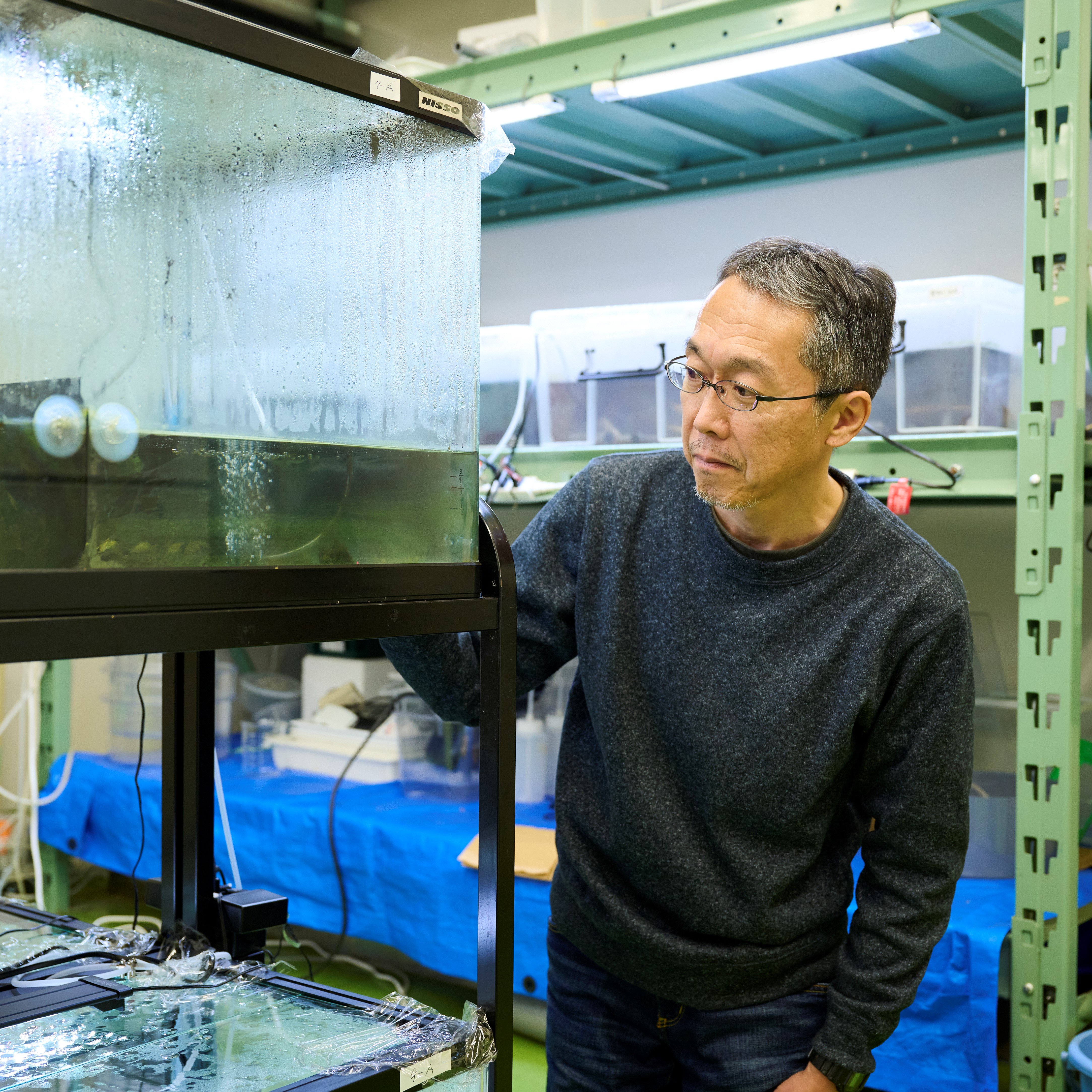
I am currently researching the speciation and evolution of organisms, using the endemic cichlid fish of Lake Tanganyika in Africa as a subject. In particular, one type of cichlid, Thermachromis temporalis, has two types, the "normal type" and the "dwarf type," which differ in body size and habitat. I aim to elucidate how this difference arises and leads to speciation.
My research methods vary widely. One is field research, in which I visit lakes, dive, and observe the ecology of the species. By studying different habitats, I can identify individual differences and behaviors depending on the environment. Through aquarium experiments, I will also see if other types of fish interbreed. If mating does not occur and speciation is in progress, reproductive isolation is likely at work. I also use genetic analysis to identify genes involved in speciation.
Because evolution usually takes a long time, it is impossible to directly observe the process in organisms that have already completed speciation. However, speciation is currently underway in Lake Tanganyika, making it a significant research target for elucidating the mechanisms of evolution.
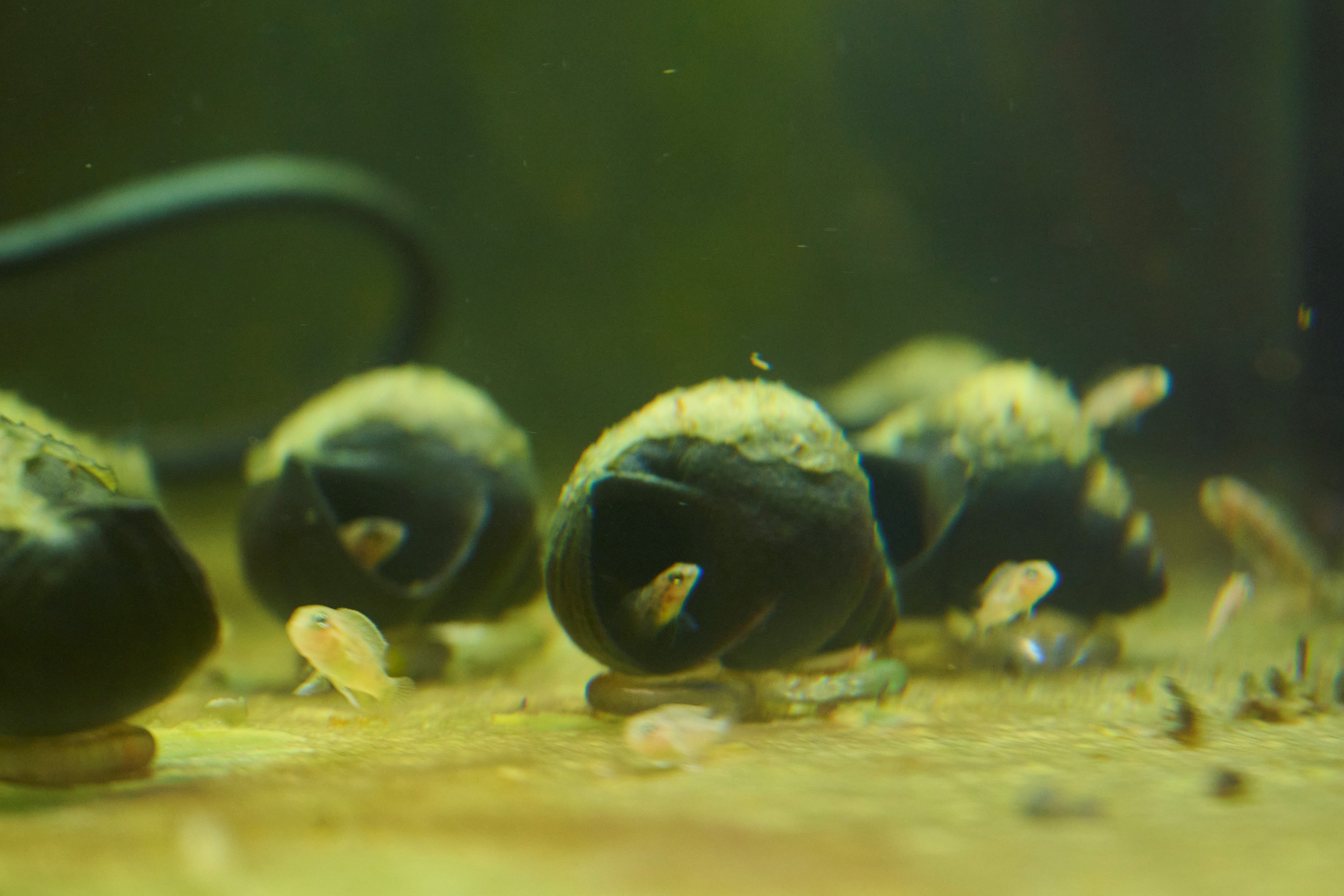
As this research progresses, we will be able to understand how biological diversity is formed. For example, it may reveal how changes in body characteristics and behavior produced by environmental differences are involved in the birth of new species. This is significant for elucidating the mechanisms of evolution and understanding how environmental changes affect organisms.
However, it is not easy to draw conclusions; it is necessary to prove whether the difference between the standard and dwarf forms is genetic or an environmental effect. In the future, I intend to elucidate the mechanism of speciation further and investigate whether similar phenomena appear in other cichlids in Lake Tanganyika to gain a broader understanding of the laws of evolution.
Expanding Research
Elucidating the flow of water and air to predict and control weather
Naohisa Takagaki
Professor, Graduate School of Engineering
I am conducting research to predict and control the movement of typhoons and ocean waves by analyzing the flow of water and air. For example, typhoons are natural disasters, but we can limit the damage if we can predict their paths and intensity. The accuracy of typhoon forecasting has greatly improved since supercomputers can now reproduce the atmospheric pressure pattern of typhoons. On the other hand, the accuracy of intensity forecasting has not yet improved much. Therefore, I am conducting a simulation experiment of the sea surface during a typhoon using a large water tank to improve the accuracy of intensity prediction. I am analyzing about 60 data types in the experiment, including wind speed, water temperature, and humidity. I also use surfactants to study the effects of seawater changes on the weather. I am also investigating how artificial structures such as tetrapods can affect the weather by changing the coastal topography. Ultimately, the goal is to incorporate the forecasting models that I develop into weather forecasts to improve the accuracy of disaster prevention and transportation decisions.
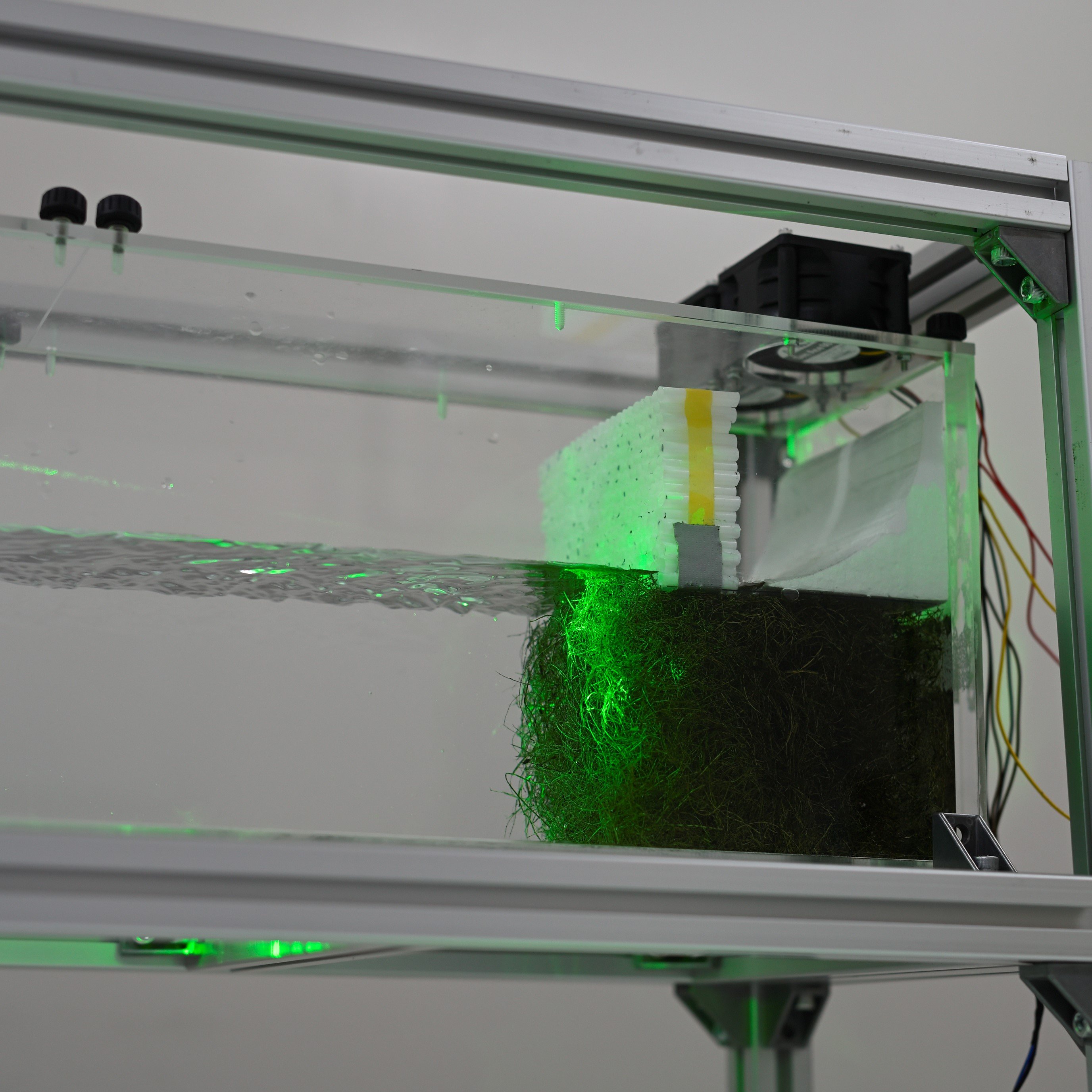
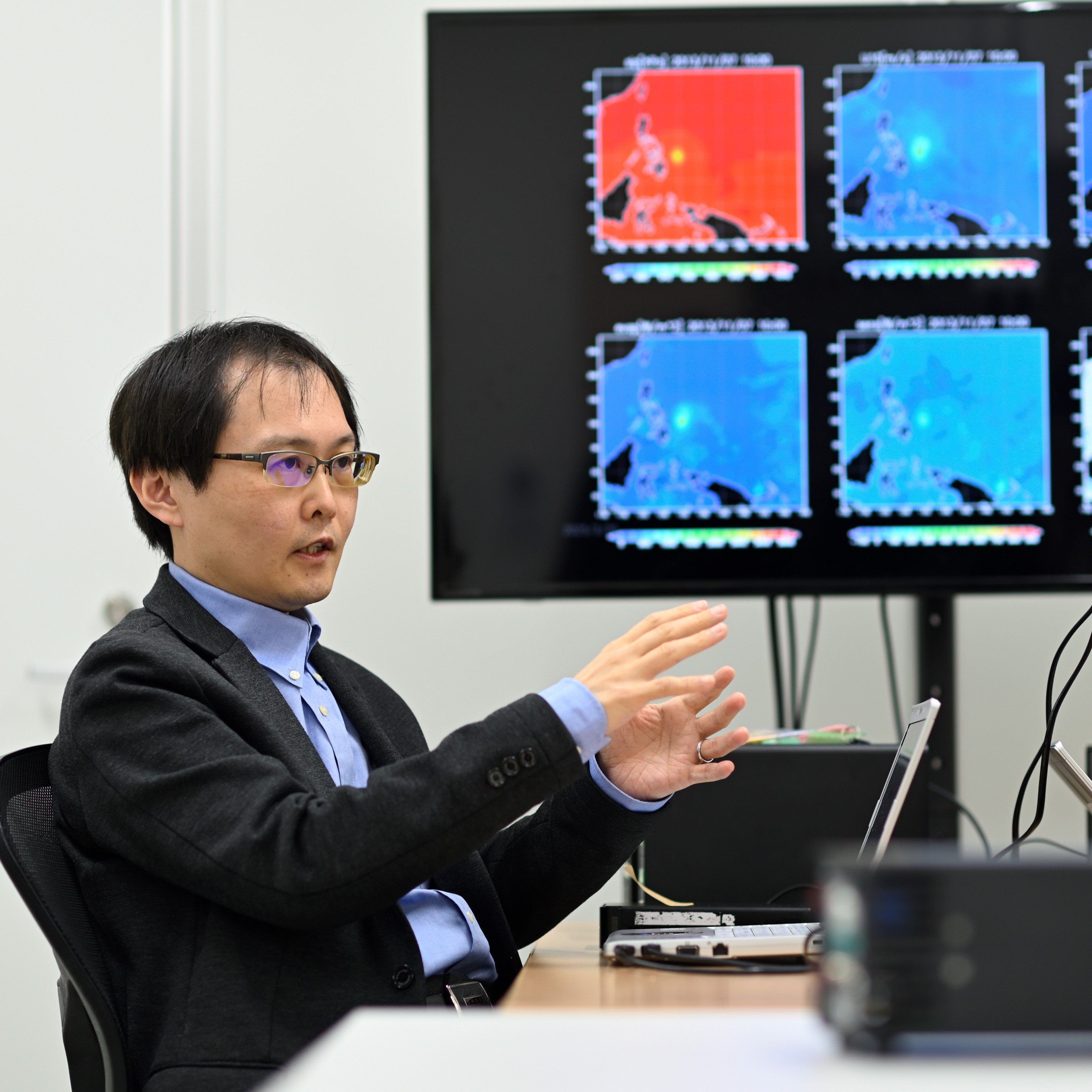
History of the birth of the Sea of Japan as told in the Geopark
Noritaka Matsubara
Lecturer, Graduate School of Regional Resource Management
I specialize in geology, and my research focuses on the geology of the period when the Sea of Japan was expanding, the links between regional geology and culture, and the conservation and utilization of geological heritage. The Japanese archipelago was originally part of the Eurasian continent, with no Sea of Japan. However, about 25 to 15 million years ago, tectonic movements separated the archpelago from the continent, and the sea was born. In the process, the geology of the Sanin region was formed. I am researching how strata and rocks were formed during the expansion of the Sea of Japan, and I hope to clarify the origins and changes in the geology of the coastal areas. In my research, I walk along the coast and approach the shore from the sea using a canoe to record the distribution of strata and rocks, and I also carry out dating and strength analysis of rocks. In addition, to disseminate the results of my research to society, I am focusing on activities in the Geopark. I am also communicating the appeal of the Sea of Japan and the surrounding areas as tourist resources. The birth of the Sea of Japan significantly impacted the local communities in terms of scenery, fishing, and culture. Through our research, we aim to convey the value of the Sea of Japan to as many people as possible and deepen their understanding of earth science.
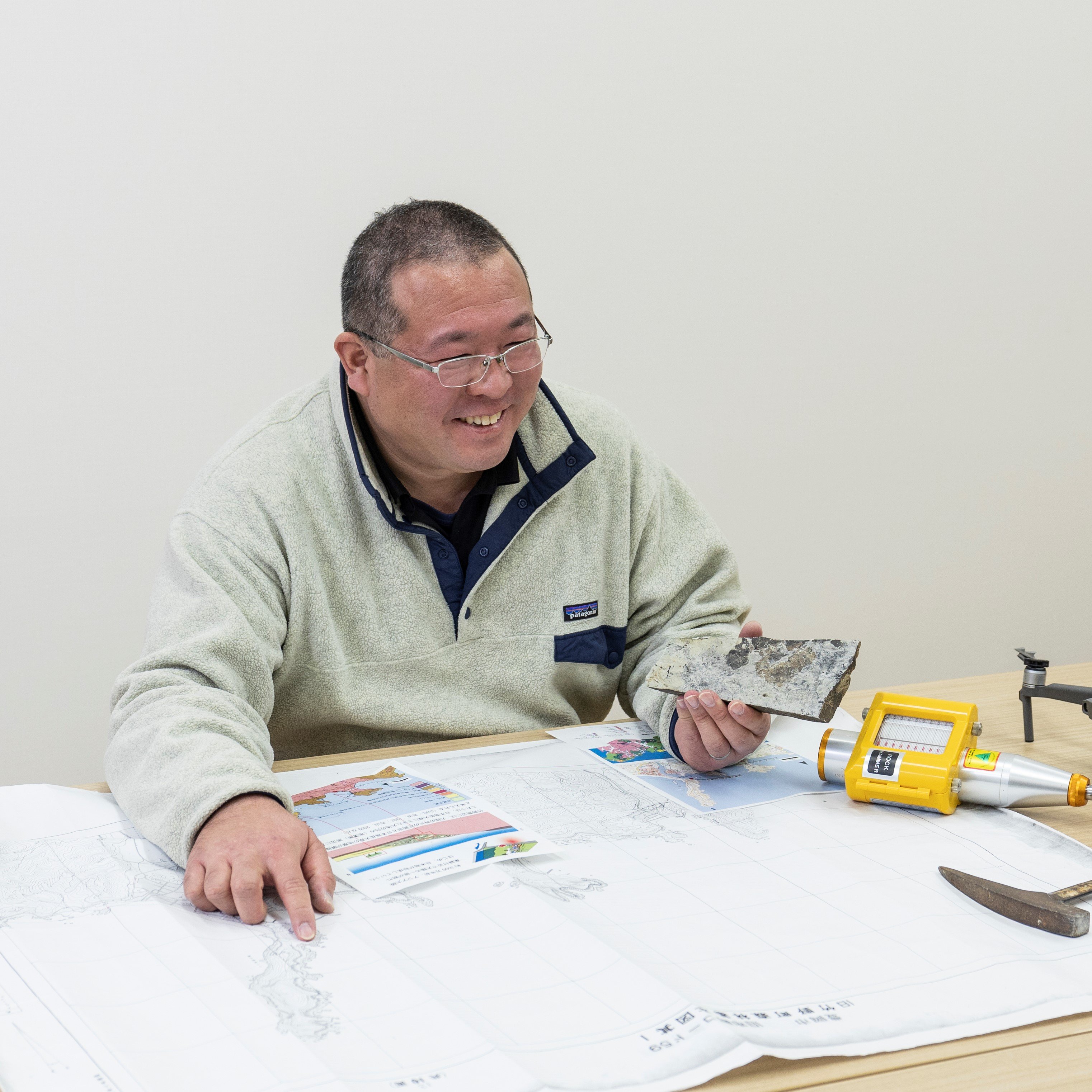
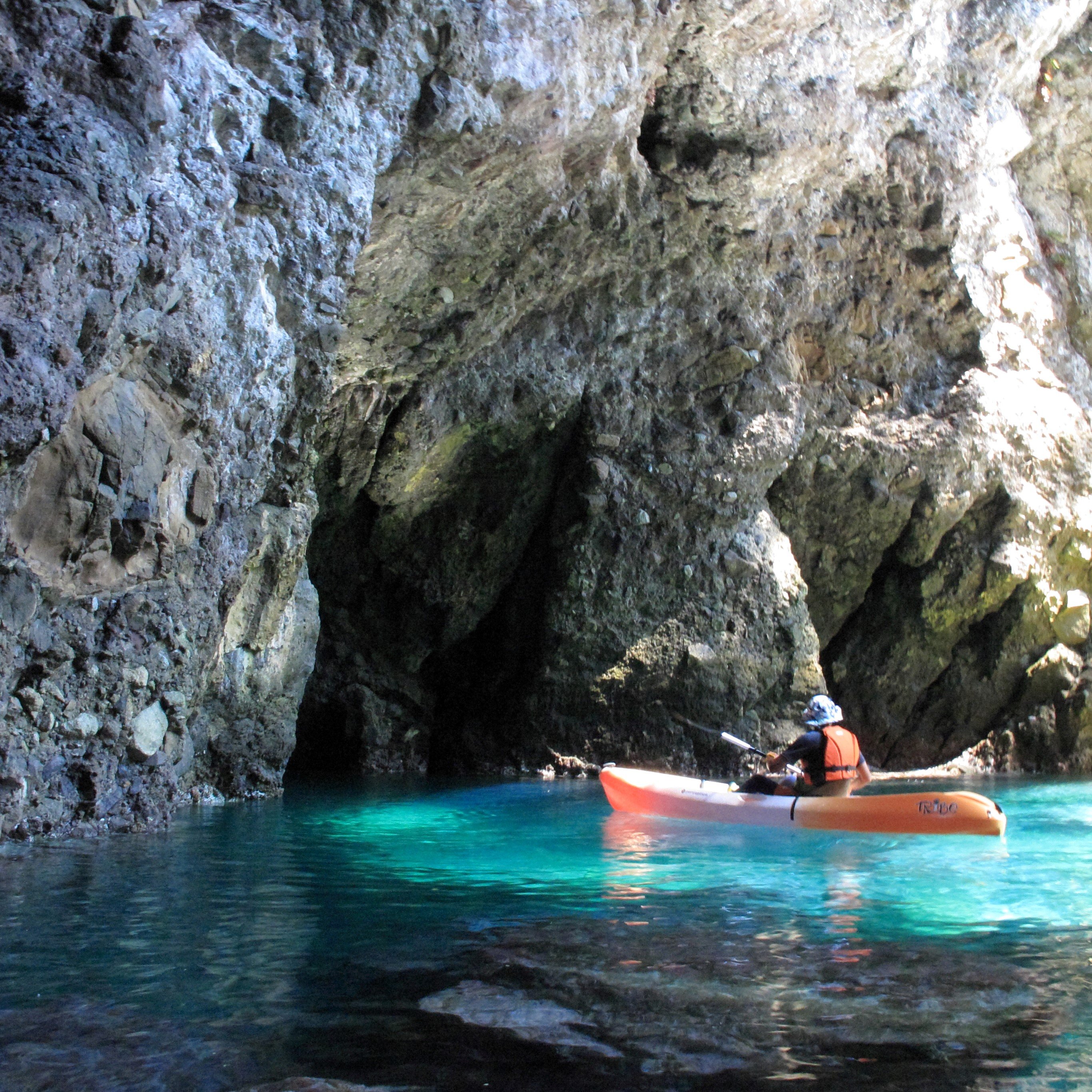
Focus on Person
Protecting biodiversity in fallow rice field biotopes
I am conducting research on methods of managing a fallow rice field biotope utilizing abandoned rice paddies. I have verified that the fallow field biotope functions as a breeding ground for aquatic insects such as diving beetles and giant water bugs that inhabit the paddy field environment. I have found that the number of species, such as water striders, that visit the area increases when the surface of the water is created by plowing in June. As cultivation of rice is increasingly being abandoned, I propose the effective use of biotopes, which can contribute to biodiversity conservation and disaster prevention, and aim to establish a sustainable management system that combines the preservation of aquatic insects.
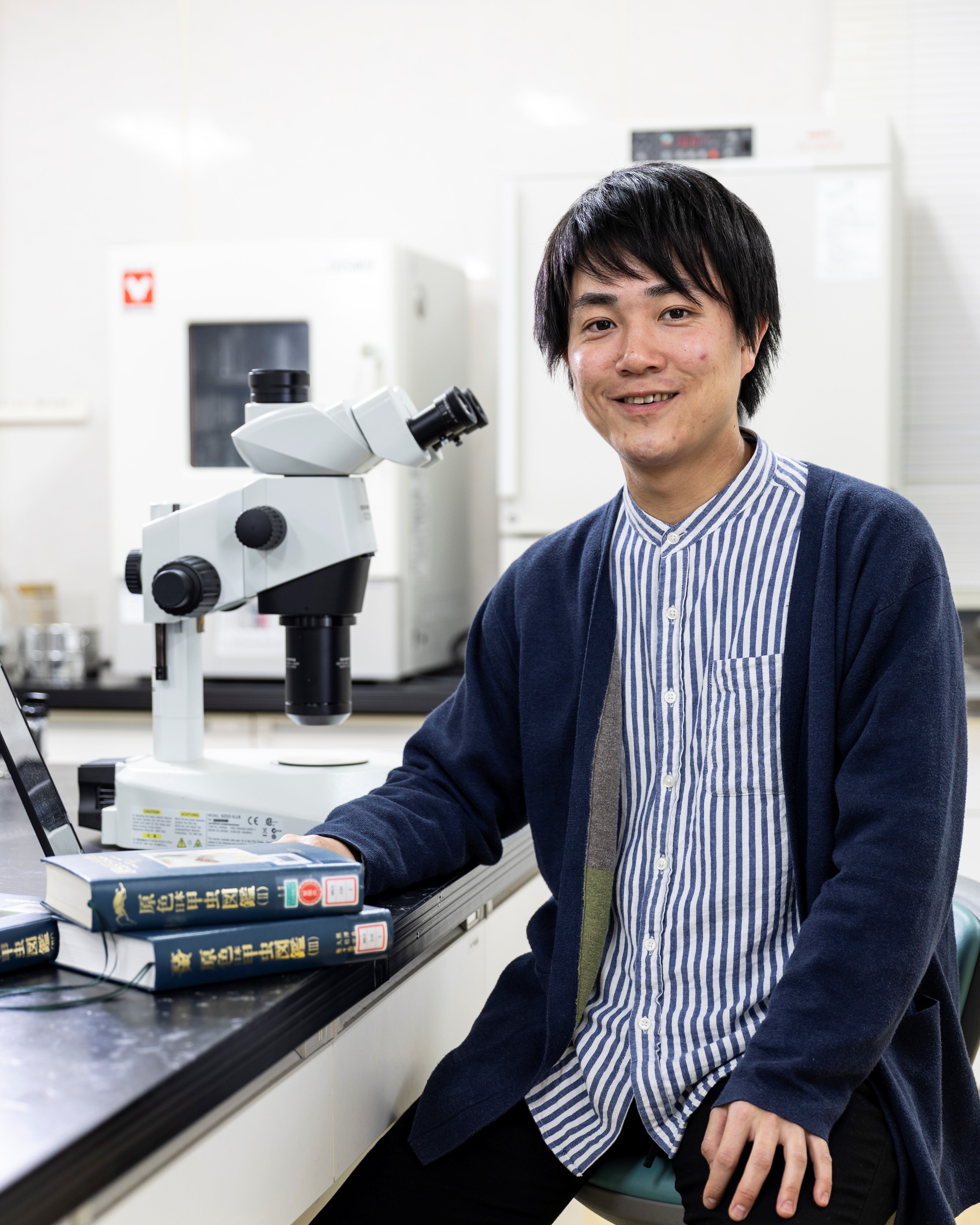
Protecting biodiversity in fallow rice field biotopes

Reiya Watanabe
2nd year doctor's program student, Graduate School of Regional Resource Management
Protecting the lives of endangered species, ecological research, and environmental conservation
After I retired, I enrolled in this university to relearn about fish. I am researching the ecology and conservation of the Nippon baratanago, a species endemic to Japan. This species has been designated as Critically Endangered IIA (CR) due to the drastic decrease in pure individuals due to hybridization with non-native species. Currently, I am accumulating scientific knowledge by investigating habitat conditions and spawning ecology in a limited number of ponds in Hyogo Prefecture. I am also working on extraterritorial conservation in biotopes in cooperation with companies and schools. My research aims to improve habitat conditions and promote local conservation activities.
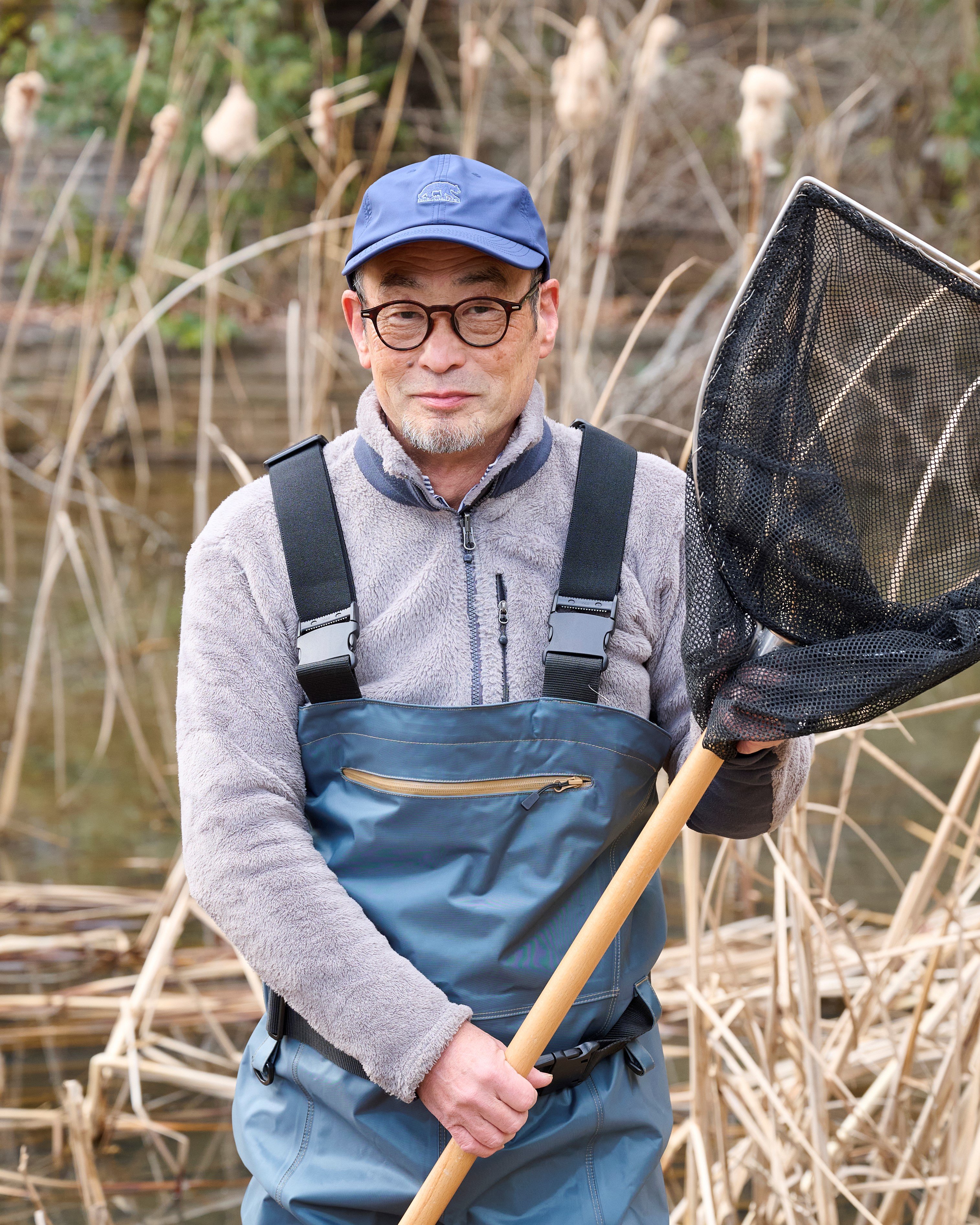
Protecting the lives of endangered species, ecological research, and environmental conservation

Takuya Tanimoto
3rd year master's program student, Graduate School of Human Science and Environment